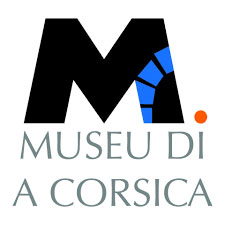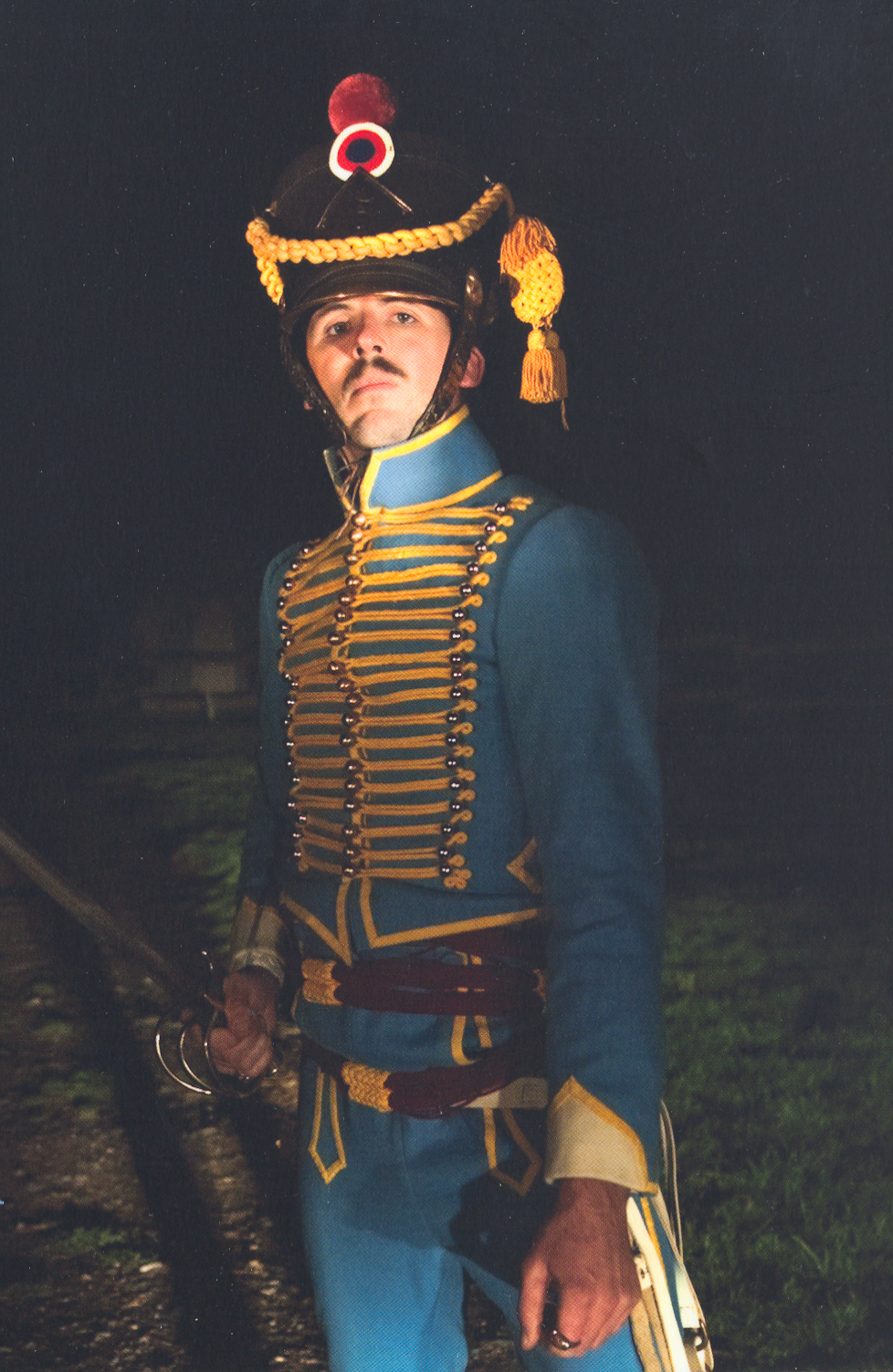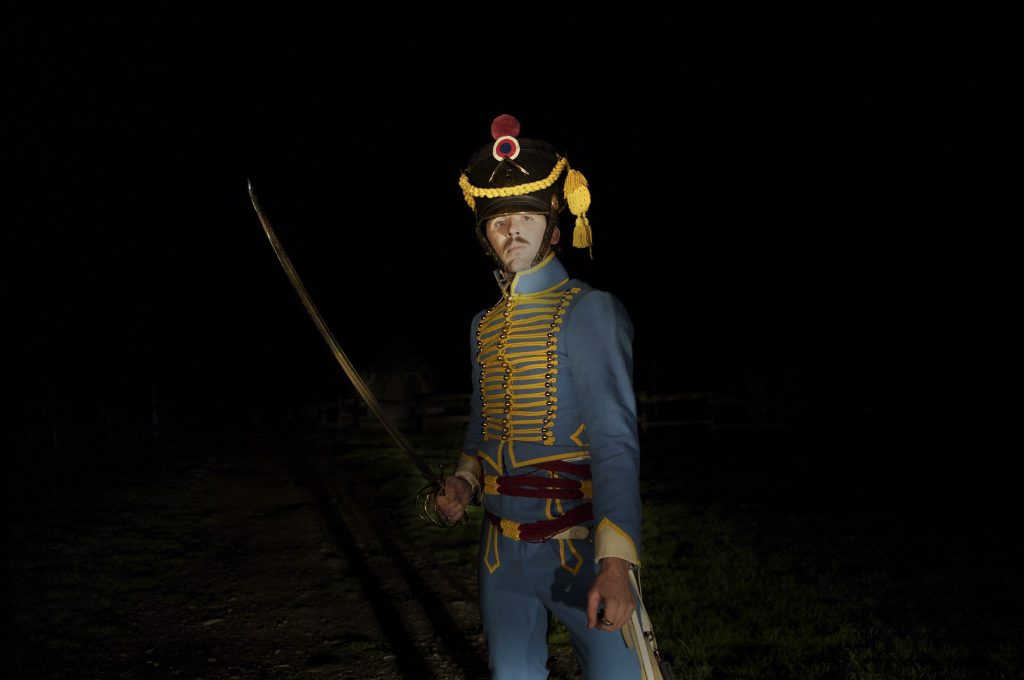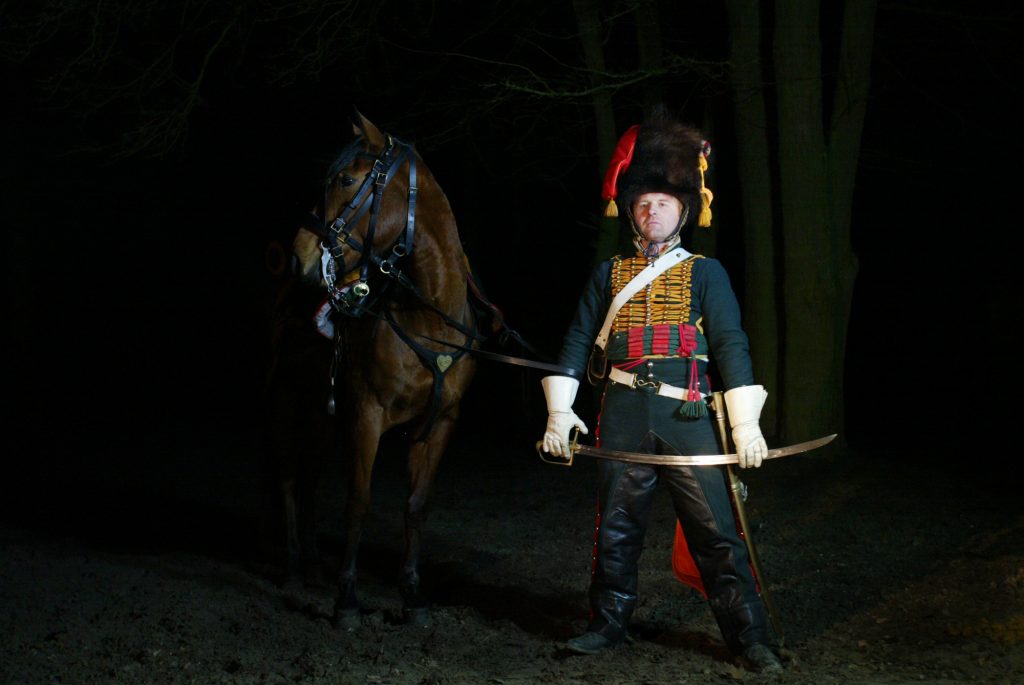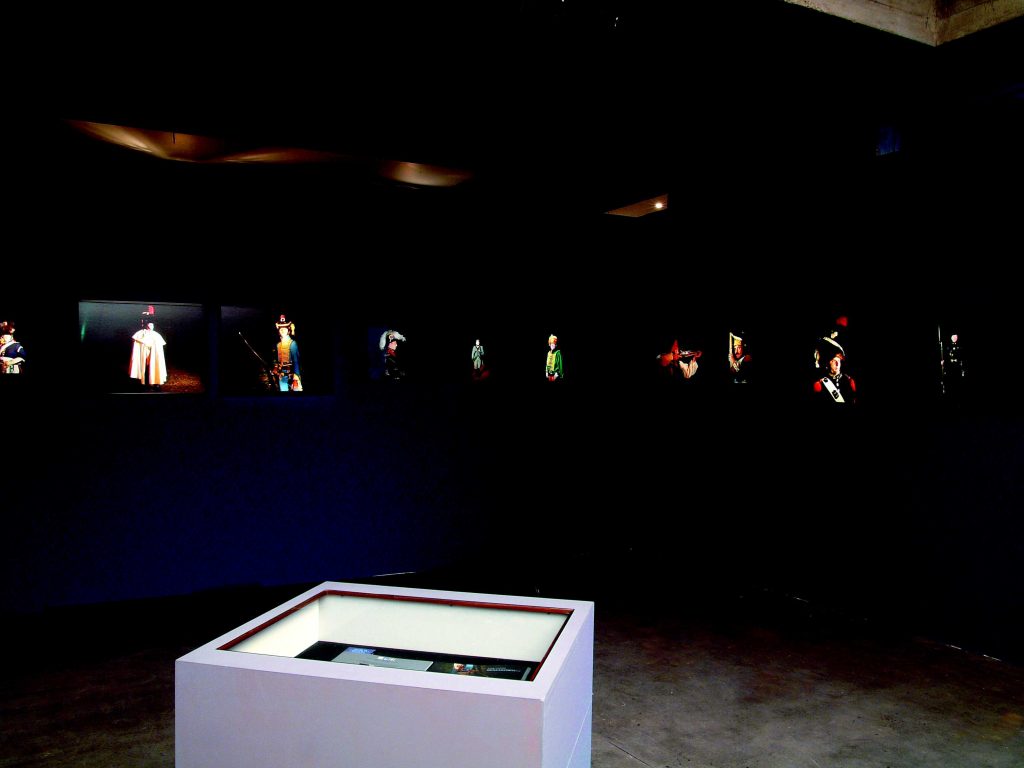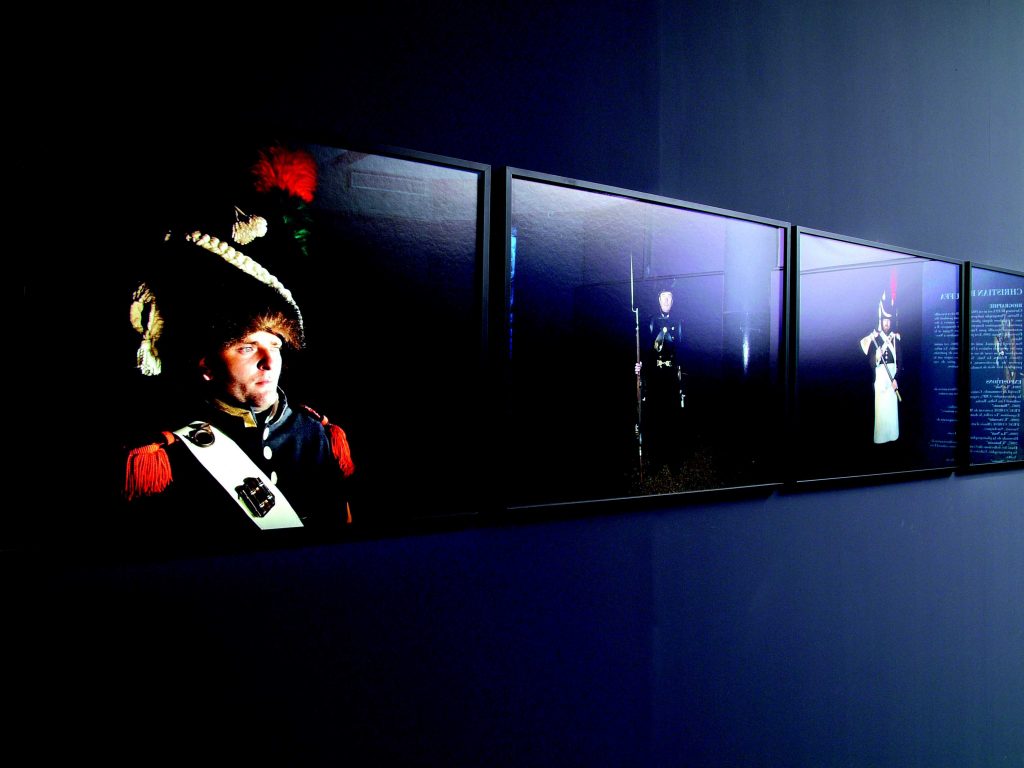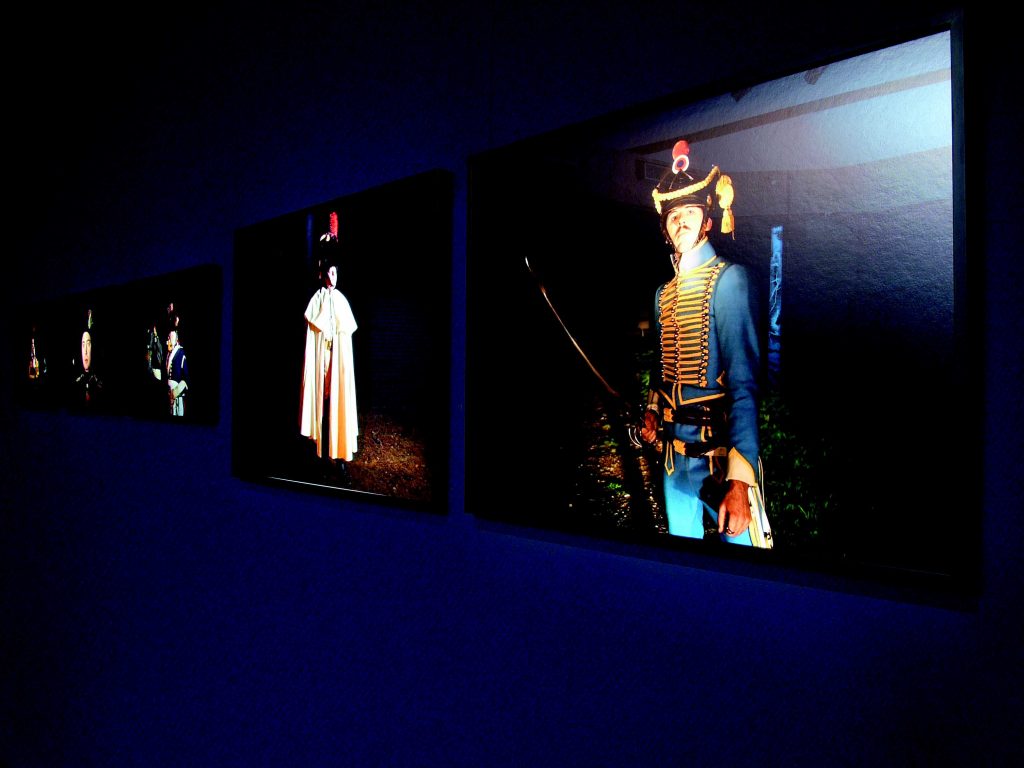Photographs by Christian Buffa
The photographer Christian Buffa proposes the Napoleonic section of his work on identity.
The photographic section of the Napoleon and Corsica exhibition is based on the images of Christian Buffa who works on identity, human transformation and representation.
In Reconstitutions, he presents a series of disturbing photographs with astonishing colors that freeze the Napoleonic army in great pomp out of time and space.
The Emperor triggered a particularly important phenomenon of identification around his person and the Grande Armée. Today, many grognards still gather throughout Europe to relive this part of history.
This exhibition is accompanied by a publication.
CHRISTIAN BUFFA Napoleonic snapshots
And I am Napoleon… We are all familiar with this joke that the French comedian lends to the forces of order when they have to respond to a recalcitrant citizen who, in order to intimidate them, claims to be a high ranking official. It is however to verify this joke, this denial of reality pushed to the extreme, that the photographer Christian Buffa indulges in one of his reports dedicated to dual personalities.
Christian Buffa has traveled throughout France and several European countries in search of Napoleonic communities, which he knew from the beginning of his work were located on the route of the Emperor’s campaigns and mainly in high places, such as Austerlitz, Jena or Waterloo, to mention only a few of the most famous battles. His photographic approach leads us to the evidence that the Napoleonic universe has generated a world of its own, not only in the Emperor’s native land, but far beyond.
This world of its own is structured by institutions: there is an official grouping of communes linked to the facts of Napoleon’s life and career, as well as numerous associations dedicated to the reconstruction of historical facts. Among these, we could mention the Groupement Européen de Gendarmerie Impériale, Les Grognards de Fontainebleau, and Les Grenadiers d’Ile de France, which perpetuate the tradition while resurrecting selected fragments of history.
A sort of happy and sympathetic schizophrenia brings together both seasoned historians and simple nostalgics of the imperial period, each sharing the same passion that has led them to move from playing with toy soldiers to acting and staging in order to perpetuate in the present some of the most significant episodes of the past.
The photographs allow us to understand that nothing is more serious than this game: for example, most of these communities agree to recognize in one actor the look-alike of Napoleon, and the latter is no longer a man of the 21st century, neither for him, nor for the soldiers who accompany him during the reenactments. He is the Emperor surrounded by his guard and filled with his prerogatives.
This is the game that Christian Buffa knows perfectly well how to play, with a night-time staging that hides the ordinary context of life in order to bring out the truth of the dream realized: in gleaming costumes, grognards, grenadiers, line infantry brigadiers pose in front of the lens in such a natural way that the snapshot, if possible, would pass for a period image.
Indeed, the reporter-portraitist has made a specialty of his career: that of identifying communities of “doubles”; men and women who live only to look like someone other than themselves.
Thus, the other series of portraits he has made (Sosies, Western, La Nuit) each refer to distinct trans-identitarian practices. They highlight the metamorphoses operated in order to become other and for some, to resemble showbiz stars, cowboys or people of different sex. The art of the portrait consists then in making the photographed subject pass from the unknown (that it is) to the known (that it is not) and that through a double game. First of all, an actor’s game experienced in the techniques of grimage and imitation, but also and above all a game of shooting: the photographer frames a face and by the lighting sculpts the imaginary referent.
In all cases, and particularly with these Napoleonic snapshots, photography strongly contributes to proving the prevalence of desire over reality, and this not by trickery or cheating, but by accomplishing the very essence of the photographic portrait, which is to treat identity as otherness.
Robert PUJADE
Lecturer at the University of Provence
Director of debates for the Rencontres internationales de la photographie d’Arles
Curator of the exhibition: Françoise Ferreira
